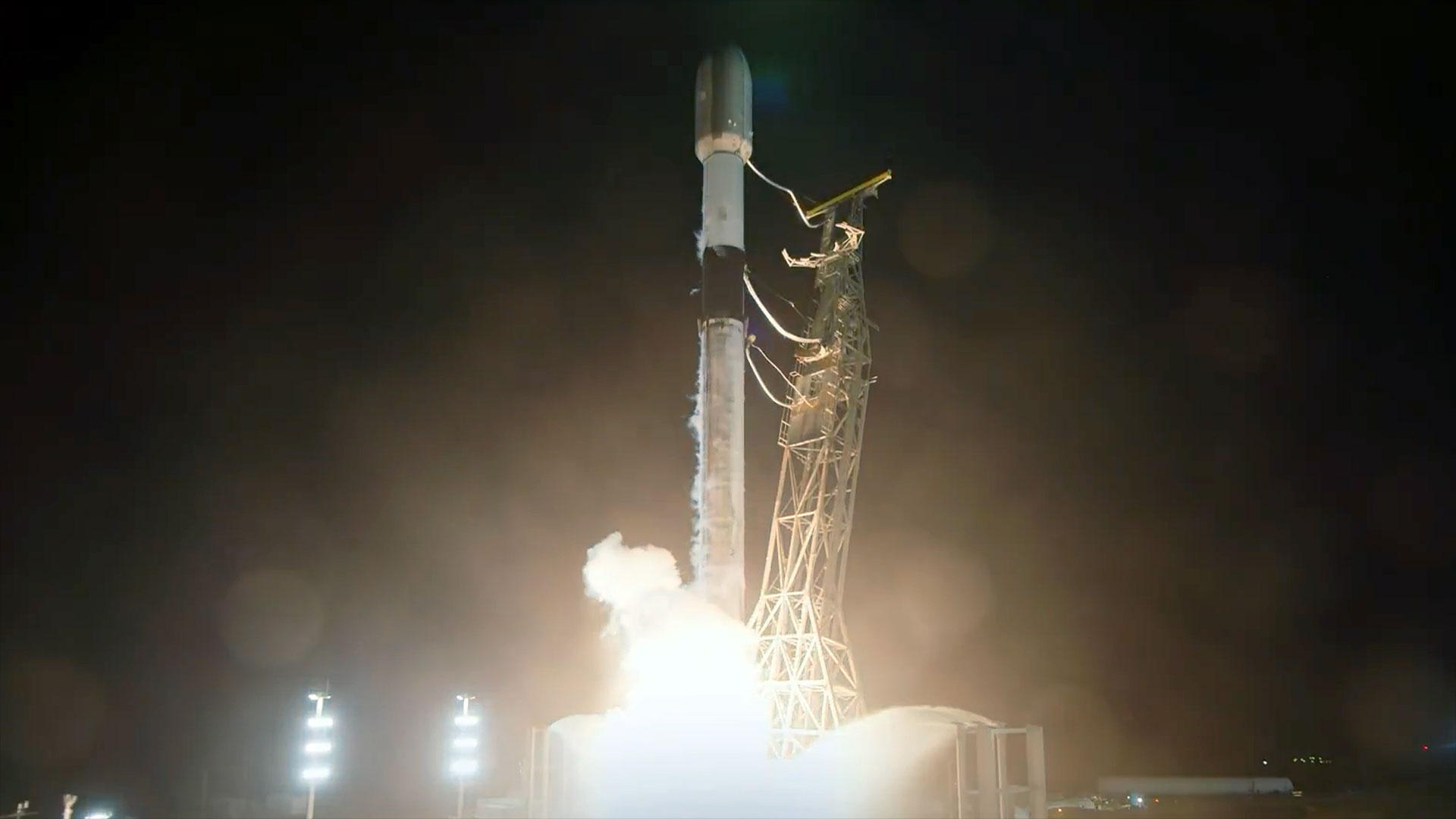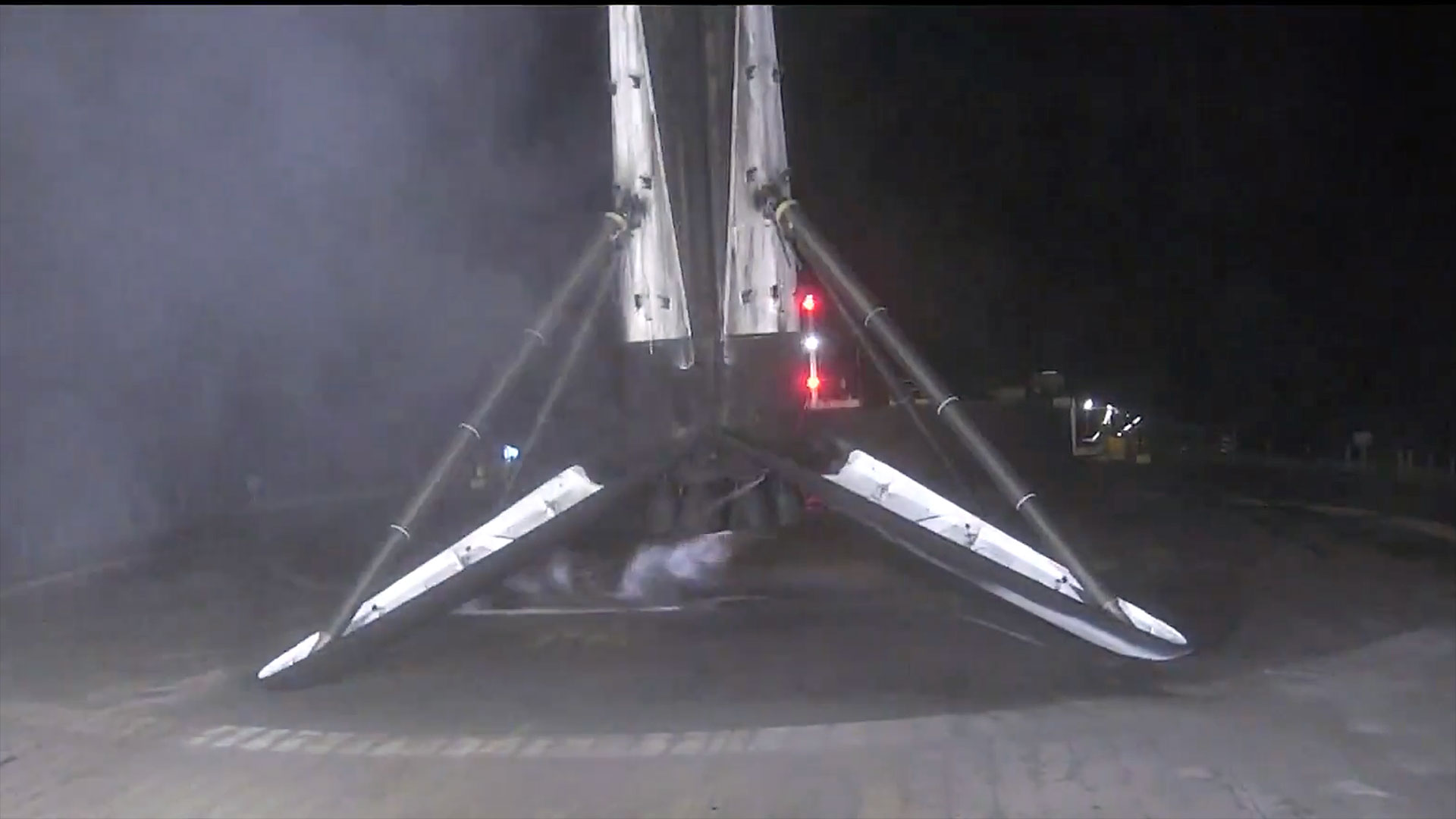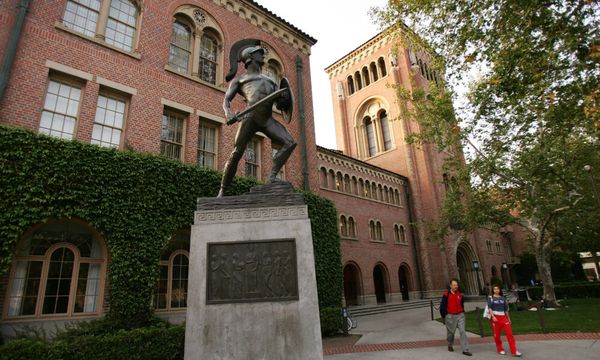
SpaceX launched 20 Starlink internet satellites from California early Saturday morning (Nov. 9).
A Falcon 9 rocket carrying the Starlink spacecraft — 13 of which had direct-to-cell capability — lifted off from Vandenberg Space Force Base at 1:14 a.m. EST (0514 GMT; 10:14 p.m. Nov. 8 local time).

According to plan, the Falcon 9's first stage came back to Earth for a vertical touchdown on the droneship "Of Course I Still Love You," which was stationed in the Pacific Ocean.
It was the 11th launch and landing for this particular booster, according to a SpaceX mission description.
The Falcon 9's upper stage, meanwhile, continued its trek to low Earth orbit (LEO), to deploy the 20 Starlink satellites about 60 minutes after liftoff.

SpaceX has already launched more than 100 Falcon 9 missions in 2024, about two-thirds of which have been dedicated to building out the Starlink network.
The huge and ever-growing constellation currently consists of about 6,500 active spacecraft, according to astrophysicist and satellite tracker Jonathan McDowell.







